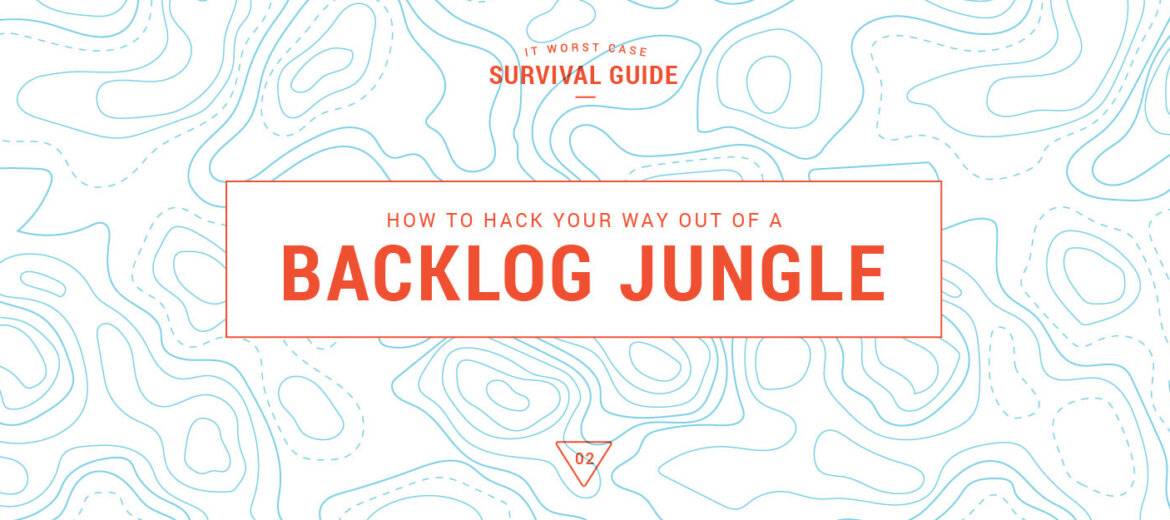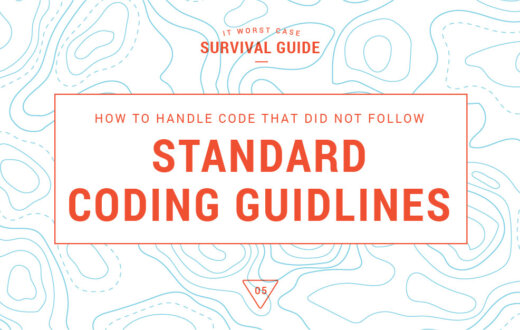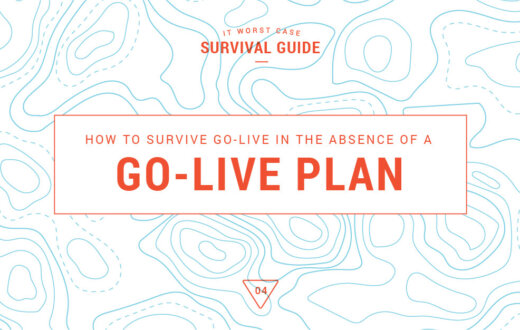Come see us.
Precocity LLC3400 N. Central Expressway, Suite 100
Richardson, TX 75080
info@precocityllc.com
(972)-378-1030

Software development projects always spawn extensive lists of enhancements, features, and defects that don’t make the cut to production. These little items take root in your backlog and grow up around your team like saplings in the rainforest. Before you know it, your small to-do list has grown into a towering jungle that threatens to devour your entire team. Don’t worry! Though the backlog wilderness can be foreboding, following these four steps will help you chart a course back to civilization.

When you’re lost, your first instinct is to bull forward and hope you find your way back to a familiar path or friendly settlement. Resist this impulse! The very first thing you should do is get organized, so your trek follows a straight line rather than wandering in endless circles. The first step of planning is to organize your backlog in a way that you can understand and grasp. Some teams do best by organizing items chronologically. Others prefer grouping backlog requests into categories. Maybe your team likes to prioritize features by ROI, impact, or the owners’ influence. The best method to organize your backlog is the one that works for you and your team. Pick one, and get that backlog sorted before moving on to the next step!

You didn’t create the backlog on your own, and you can’t expect to clear it by yourself. Carving a path out of the backlog and returning to civilization and sanity is a team effort, and you need representatives from the development team, the product/project ownership team, the testing group, and any other departments who have a stake in the backlog. For the initial meeting, inviting too many people is preferable to inviting too few. Getting everyone on board at the start is critical and gives you the resources you need for a project of this magnitude.
Get a commitment to clear the backlog from each impacted team. More importantly, get the name of the person or people from each of these teams that will be responsible for helping you carve a swath through the backlog. Once you’ve gathered your party, schedule a meeting and get ready to hack away at that backlog.

Over time, the backlog gets clogged up with items that may no longer have any real value. Some are artifacts of a previous requirement. Others might be sticking around for sentimental reasons. No one wants to let go of an item they created. After all, if it weren’t critical to the project, it wouldn’t be on the backlog. Right? Wrong.
Problems rot if left on the backlog too long, and it’s critical that you’re ready to ruthlessly prune any item that is no longer relevant. In your first pass at clearing the list, find any items that have already been resolved or which are no longer required. Slash these obsolete items from your list! Now that you’ve cleared the junk from the backlog list, it’s time to roll up your sleeves and get down to the dirty work of analyzing what’s left with the part you gathered in Step 2. For this phase, there are only two questions you need to ask for each item on your backlog list:
1. Will resolving this item add value to the project or product from a customer or technology perspective?
2. Is this item worth spending development time and resources to resolve? If the answer to either of those questions is “No” or “Maybe”, cut the item from the backlog and move on.
If your team is unable to decide whether an item should stay or go, you’ll have to make the hard choice. Be honest, but ruthless, when deciding whether to dispose of an item or not. Your goal is to clear out the undergrowth of unnecessary or sentimental items from your backlog to show your development team the path out of the wilderness. Hack away!

Your party now has the lay of the land. You’ve all agreed on which items are still valid and important enough for development to tackle. Spend some time organizing the backlog again, this time with priority in mind. Your goal in this step is to document which backlog items are going to be tackled, and in which order they will be cleared. Once you’ve completed this step, you’re well on your way to leaving the backlog jungle behind forever!

Getting your backlog cleaned up and prioritized feels awesome. But, it’s critical to remember that the jungle never stops growing, even while you sleep. If you want to avoid waking up in the wilderness again, you’ll need to keep on top of your backlog. The best way to do that is with regular backlog meetings with your party. For some teams, a couple of sessions every year are plenty to keep a leash on the backlog. Others will find quarterly assessments work better, and still others might need weekly or monthly analysis to maintain the backlog. Whatever frequency you choose. The backlog jungle is always growing, and it’s always ready to gobble up those who ignore it.

While your initial urge to throw a voodoo curse on whoever hexed you with their non-standard code is well-deserved, don’t...


A good go-live plan creates a smooth project transition from the mad scramble of development and testing into production. But...
